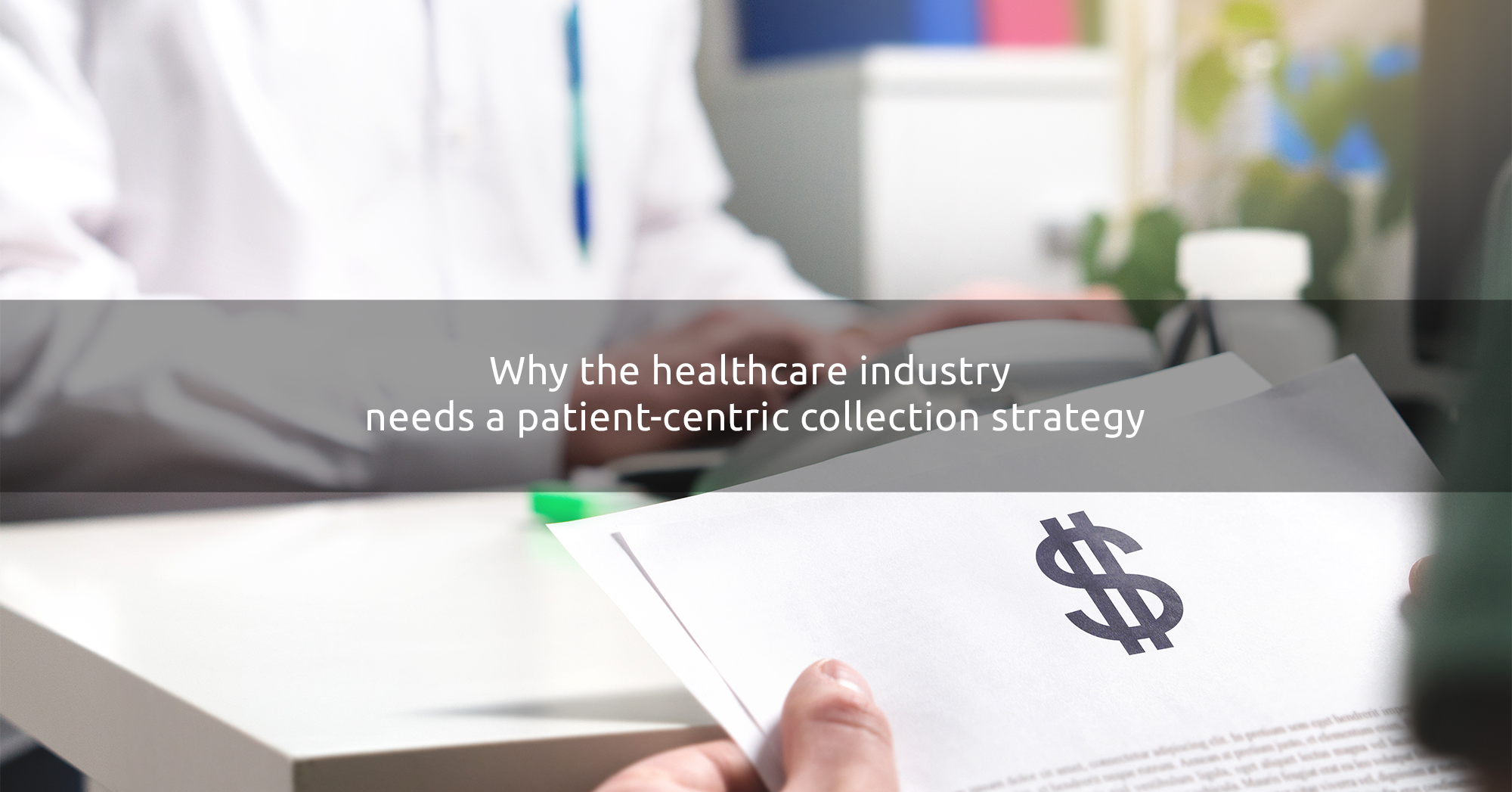
Why the Healthcare Industry Needs a Patient-Centric Collection Strategy
Let’s suppose a person wants to buy a car. They can go online, research the various models available within budget, visit a showroom, test-drive the vehicle and make a decision. They are also walked through the various payment options available to them, including EMIs and loans.
However, when it comes to healthcare, a service that is much more personal and exigent than purchasing a consumer good, the information asymmetry makes it next to impossible to access such data. A patient rarely ever knows exactly how much their treatment is going to cost and what portion of it their insurance will cover.
Logically speaking, in times of emergency, no one has the time or mental bandwidth to undertake such research. However, even when the healthcare bills arrive after treatment, they are complex and difficult to understand. A survey conducted by Consumers for Quality Care reported that 83% of people wanted more cost transparency.
Rising Defaults
Given that the repayment of medical expenses is increasingly shifting from insurers to patients, such ambiguity makes default highly likely.
A Black Book study found that between 2015 and 2017, patients who were directly responsible for their own medical payments grew by 29.4%, leaving each individual with more than $6,200 in out-of-pocket expenditure. Additionally, a separate poll from Kaiser Health found that 43% of insured adults found it hard to afford their deductibles.
As patient liabilities increase, hospitals find it increasingly hard to recover payments from individuals. Even when they do, it takes twice as long when compared to insurers. Relying heavily on traditional methods of collection, such as faxed or mailed bills, pressurizing phone calls or sometimes lawsuits, does not help. Even collection agencies cannot exhort patients to pay up if they do not have the funds.
Patient-Centricity
The best way to avoid defaults is to ensure that patients can afford their treatment, and the way to do that is to let individuals determine that for themselves. Transparency in medical costs and the ability to estimate their bill before availing services can help people discern whether they will be able to shoulder the deductibles not covered by insurance.
Furthermore, hospitals can leverage artificial intelligence and analytics to separate patients having the ability to pay from those who can’t or have a default history. A patient management system equipped with AI can predict a patient’s propensity to pay, identify those who need reminders, and those who will respond to none. Based on this, hospitals can then decide which accounts to send to collection agents and which ones to refer to financial assistance programs.
Adopting the retail model of payments – personalized and customized – is another way to streamline collections. Reports show that 44% of consumers receive and pay household utilities electronically, while only 18% have similar access to medical bills.
Takeaway
Putting patient needs at the center of the healthcare system by providing them not just better service but also easier access and cost transparency will only benefit the system. It will allow hospitals to improve their customer engagement practices while protecting their bottomlines.


